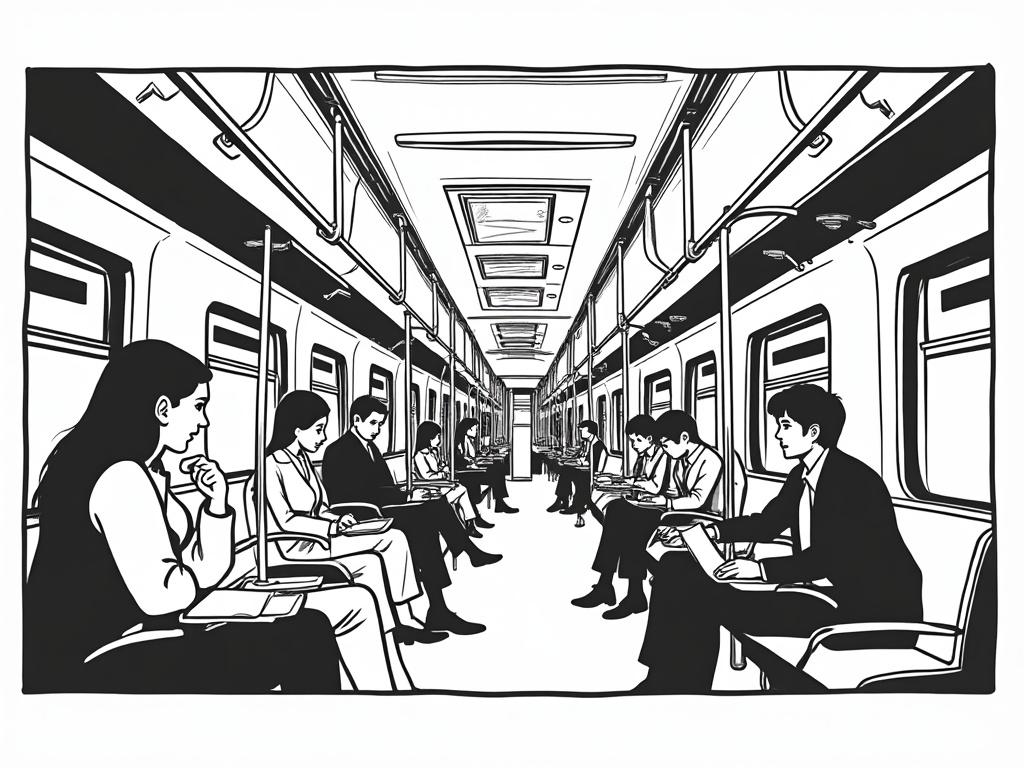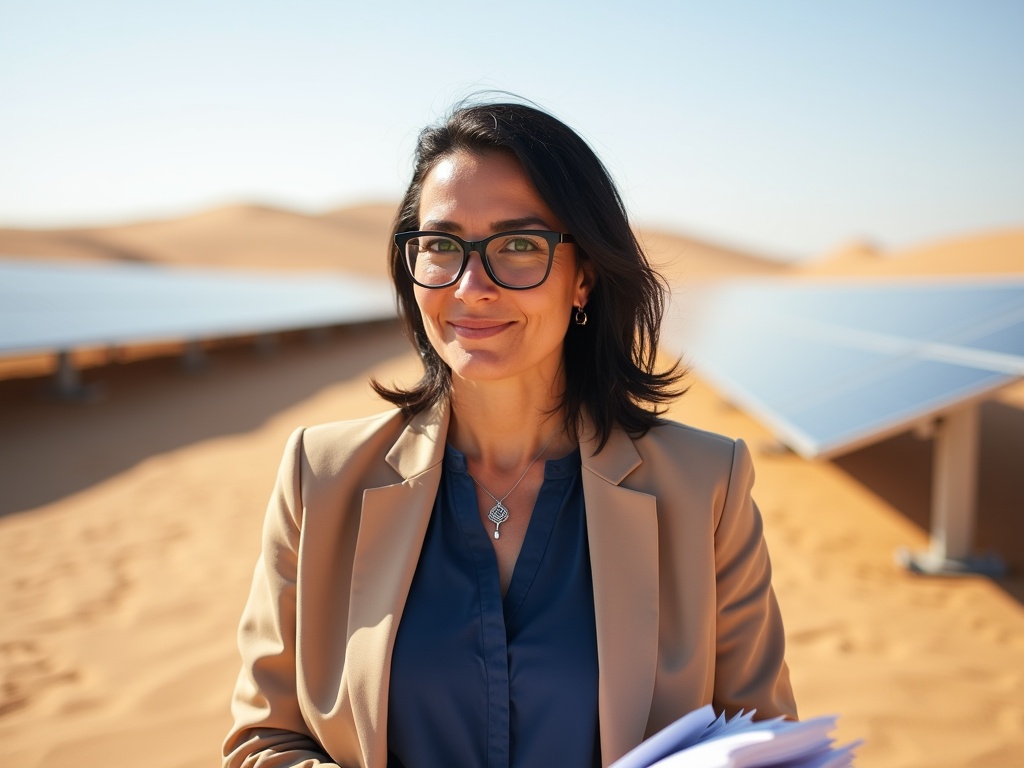
Dubai Metro: Your Complete Guide to Routes, Fares, and Timings
Reading time: 8 minutes
Ever stood at a Dubai Metro station wondering which line to take or how much it’ll cost? You’re definitely not alone. With millions of passengers riding the rails each year, mastering Dubai’s metro system can transform your urban experience from stressful navigation to seamless exploration.
Table of Contents
- Understanding the Dubai Metro System
- Complete Route Breakdown
- Fare Structure and Payment Options
- Operating Hours and Schedules
- Practical Navigation Tips
- Overcoming Common Challenges
- Your Metro Mastery Blueprint
- Frequently Asked Questions
Understanding the Dubai Metro System
Well, here’s the straight talk: Dubai Metro isn’t just public transport—it’s a strategic advantage for anyone living, working, or visiting the emirate. This fully automated, driverless system spans 90 kilometers across two primary lines, connecting 64 stations that serve as gateways to Dubai’s most significant destinations.
The system operates with remarkable efficiency, maintaining 99.7% on-time performance—a statistic that puts many global metros to shame. But beyond numbers, what makes Dubai Metro special is its integration with the city’s broader transportation ecosystem, including buses, trams, and water taxis.
The Two-Line Foundation
Dubai Metro’s backbone consists of the Red Line and Green Line, each serving distinct urban corridors. The Red Line stretches 52.1 kilometers, making it the longest driverless metro line globally, while the Green Line covers 22.5 kilometers through Dubai’s commercial and residential heart.
Quick Scenario: Imagine you’re heading from Dubai International Airport to the iconic Burj Khalifa. The Red Line provides direct connectivity, eliminating the hassle of traffic jams and parking concerns while offering spectacular city views during your 37-minute journey.
Complete Route Breakdown
Red Line: The Backbone Connection
The Red Line serves as Dubai’s primary arterial connection, running from Rashidiya in the northeast to UAE Exchange in the southwest. This route connects critical hubs including:
- Dubai International Airport (Terminals 1 & 3) – Direct airport connectivity
- Business Bay – Financial district access
- Burj Khalifa/Dubai Mall – Tourism and shopping epicenter
- Emirates Towers – Corporate headquarters zone
- Nakheel – Palm Jumeirah gateway
The Red Line operates 29 stations, with key interchange points at Union Square (connecting to Green Line) and BurJuman (shared station). Travel time from end-to-end averages 69 minutes during peak hours.
Green Line: Commercial Corridor
The Green Line focuses on Dubai’s traditional commercial areas, running from Etisalat in the east to Creek in the west. This 22-station route serves:
- Dubai Healthcare City – Medical tourism hub
- Al Fahidi – Cultural and heritage district
- BurJuman – Shopping and business center
- Salah Al Din – Residential neighborhoods
Complete Green Line traversal takes approximately 46 minutes, making it ideal for accessing Dubai’s older commercial districts and connecting residential areas to business centers.
Fare Structure and Payment Options
Understanding Dubai Metro’s fare system requires grasping its zone-based pricing model. The entire network divides into two zones, with fares calculated by distance traveled and service class selected.
| Journey Type | Silver Class (AED) | Gold Class (AED) | Peak Hours |
|---|---|---|---|
| Same Zone | 3.00 | 6.00 | 6:00-10:00, 17:30-21:00 |
| Two Zones | 5.00 | 10.00 | Saturday-Wednesday |
| Airport Surcharge | +2.00 | +2.00 | All airport journeys |
| Daily Pass | 22.00 | 44.00 | Unlimited day travel |
Nol Card: Your Universal Access Key
The Nol Card system revolutionizes payment across Dubai’s entire public transport network. Four card types cater to different user profiles:
- Nol Red Card – Paper ticket for occasional users (AED 2 card fee)
- Nol Silver Card – Standard plastic card for regular users (AED 25 including AED 19 credit)
- Nol Gold Card – Premium access with Gold Class privileges (AED 25 including AED 19 credit)
- Nol Blue Card – Personalized card for students and residents with discounts
Pro Tip: The right card isn’t just about convenience—it’s about optimizing your transportation budget. Regular commuters save approximately 15-20% using rechargeable cards versus single-journey tickets.
Operating Hours and Schedules
Dubai Metro operates with precision timing that accommodates both business travelers and leisure explorers. Standard operating hours vary by day of the week, reflecting Dubai’s unique work-week schedule.
Weekly Schedule Breakdown
Peak Performance Comparison
Frequency and Reliability
Train frequency adapts to passenger demand throughout the day. During peak hours (06:00-10:00 and 17:30-21:00), trains arrive every 3-4 minutes. Off-peak periods see 7-10 minute intervals, while late evening services extend to 15-minute gaps.
The system’s automated nature ensures consistent performance. According to Dubai’s Roads and Transport Authority (RTA), the metro maintains 99.7% punctuality, with average delays under 30 seconds during peak operations.
Practical Navigation Tips
Mastering Dubai Metro goes beyond knowing routes and fares—it’s about strategic navigation that saves time and enhances comfort.
Platform Positioning Strategy
Each metro car serves specific passenger categories. The front car accommodates Gold Class passengers and women and children only, while the remaining cars welcome all Silver Class passengers. Positioning yourself correctly on the platform reduces boarding time and ensures comfortable travel.
Smart positioning tip: Stand to the right side of doors when exiting, allowing boarding passengers to enter from the left. This simple courtesy keeps passenger flow smooth during busy periods.
Peak Hour Navigation
Dubai’s metro experiences distinct rush hour patterns. Morning peaks (06:30-09:00) see heavy traffic toward business districts, while evening rushes (17:30-20:00) reverse the flow toward residential areas.
Consider traveling 30 minutes before or after peak hours to secure seating and avoid crowding. The time difference often amounts to just 10-15 minutes additional travel time while significantly improving comfort.
Overcoming Common Challenges
Challenge 1: Airport Connectivity Confusion
Many travelers struggle with airport connections, particularly understanding which terminal connects to which metro station. Terminal 3 has direct metro access, while Terminals 1 and 2 require a shuttle bus connection to the metro station.
Solution: Allow an additional 15-20 minutes for Terminal 1 and 2 connections. The free shuttle runs every 10 minutes, but factor in walking time and potential queues during busy travel periods.
Challenge 2: Interchange Navigation
The Union Square interchange between Red and Green lines can confuse first-time users. The station spans multiple levels with separate entrances for each line.
Solution: Follow color-coded signage consistently. Red Line platforms are clearly marked with red indicators, while Green Line areas use green signage. Allow 5-7 minutes for interchange transfers during peak hours.
Challenge 3: Last Mile Connectivity
Dubai Metro excels at major destination access but sometimes leaves a “last mile” gap to final destinations.
Solution: Integrate metro travel with Dubai Bus, Dubai Tram, or ride-sharing services. The Nol Card works across all RTA services, providing seamless payment integration. Plan multimodal journeys using the S’hail app for comprehensive route planning.
Your Metro Mastery Blueprint
Ready to transform complexity into competitive advantage? Here’s your strategic roadmap for Dubai Metro mastery:
Immediate Actions (This Week):
- Download the official Dubai Metro app and S’hail integrated transport app
- Purchase and register a Nol Silver Card for optimal flexibility and savings
- Practice one complete journey during off-peak hours to familiarize yourself with the system
Strategic Development (This Month):
- Map your regular destinations and identify optimal metro routes and timings
- Explore multimodal connections combining metro with bus and tram services
- Test peak and off-peak travel times for your most frequent journeys
Advanced Optimization (Ongoing):
- Monitor service updates and temporary schedule changes through official channels
- Develop backup route strategies for service disruptions or maintenance periods
- Share your metro expertise with newcomers—Dubai’s transport community thrives on mutual support
The future of Dubai’s public transport continues evolving, with Route 2020 extension already adding seven new stations and plans for additional lines under development. Your metro mastery today positions you perfectly for tomorrow’s expanded network.
What will your first strategic metro journey accomplish for your Dubai experience?
Frequently Asked Questions
Can I use Dubai Metro to reach all major tourist attractions?
Dubai Metro provides direct or convenient access to approximately 80% of major tourist destinations. Key attractions like Burj Khalifa, Dubai Mall, Emirates Towers, Dubai Museum, and Gold Souk have nearby stations. However, some attractions like Palm Jumeirah, Dubai Marina, and Jumeirah Beach require additional transport connections via bus, tram, or taxi from metro stations.
What happens if I exceed my Nol Card balance during a journey?
Dubai Metro gates will not open if your Nol Card lacks sufficient balance for your intended journey. The system calculates maximum possible fare when you tap in, blocking entry if funds are insufficient. If your balance drops below zero during a journey due to system errors, you can complete your trip but must resolve the negative balance before your next journey. Top-up machines are available at all stations.
Are there any restrictions on luggage or large items in Dubai Metro?
Dubai Metro permits reasonable personal luggage without size restrictions, but prohibits items that obstruct aisles or compromise passenger safety. Large suitcases are common and acceptable, especially on airport routes. However, oversized items like bicycles, large furniture, or construction materials are prohibited. During peak hours, consider passenger courtesy when traveling with multiple large bags, and use designated luggage areas when available.

Article reviewed by Daan van Dijk, ommodities & Forex Trader | Global Market Navigator, on June 4, 2025
